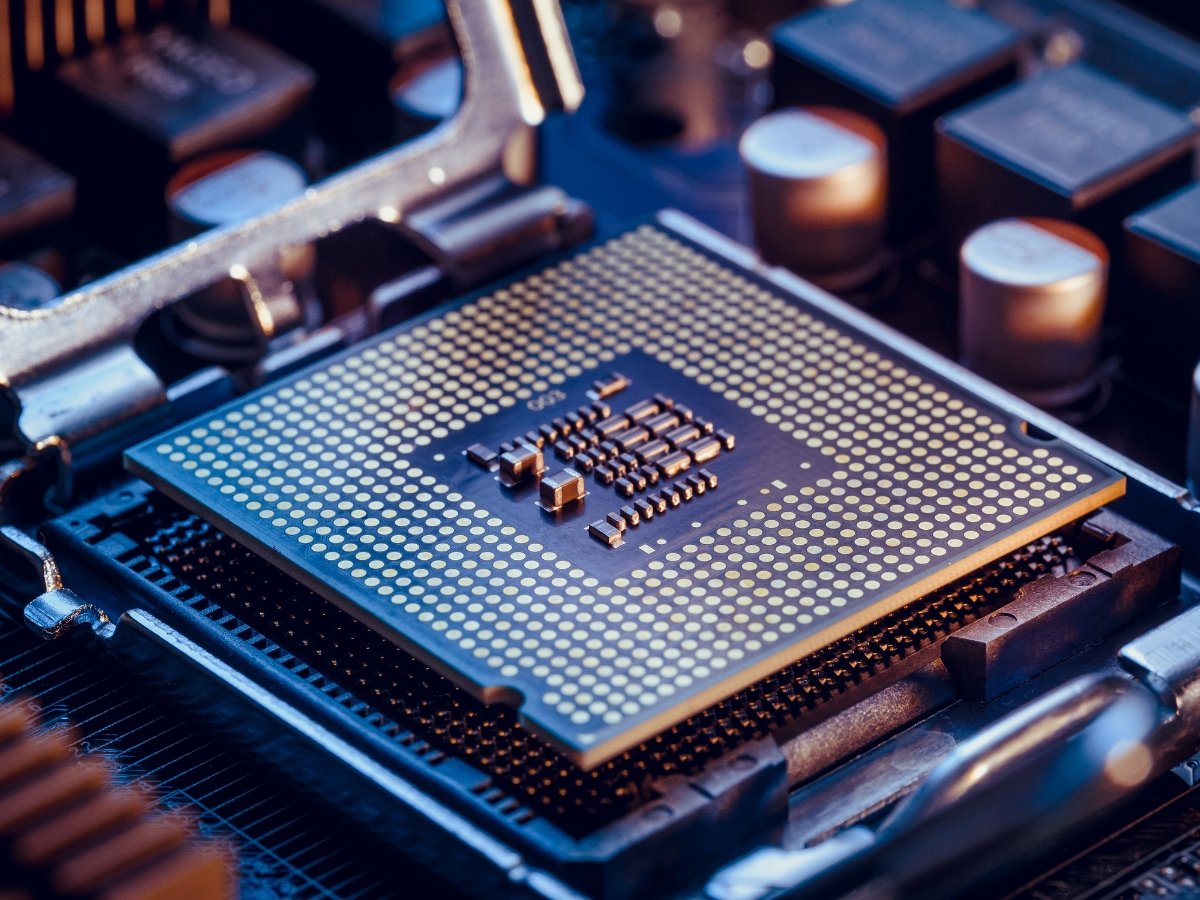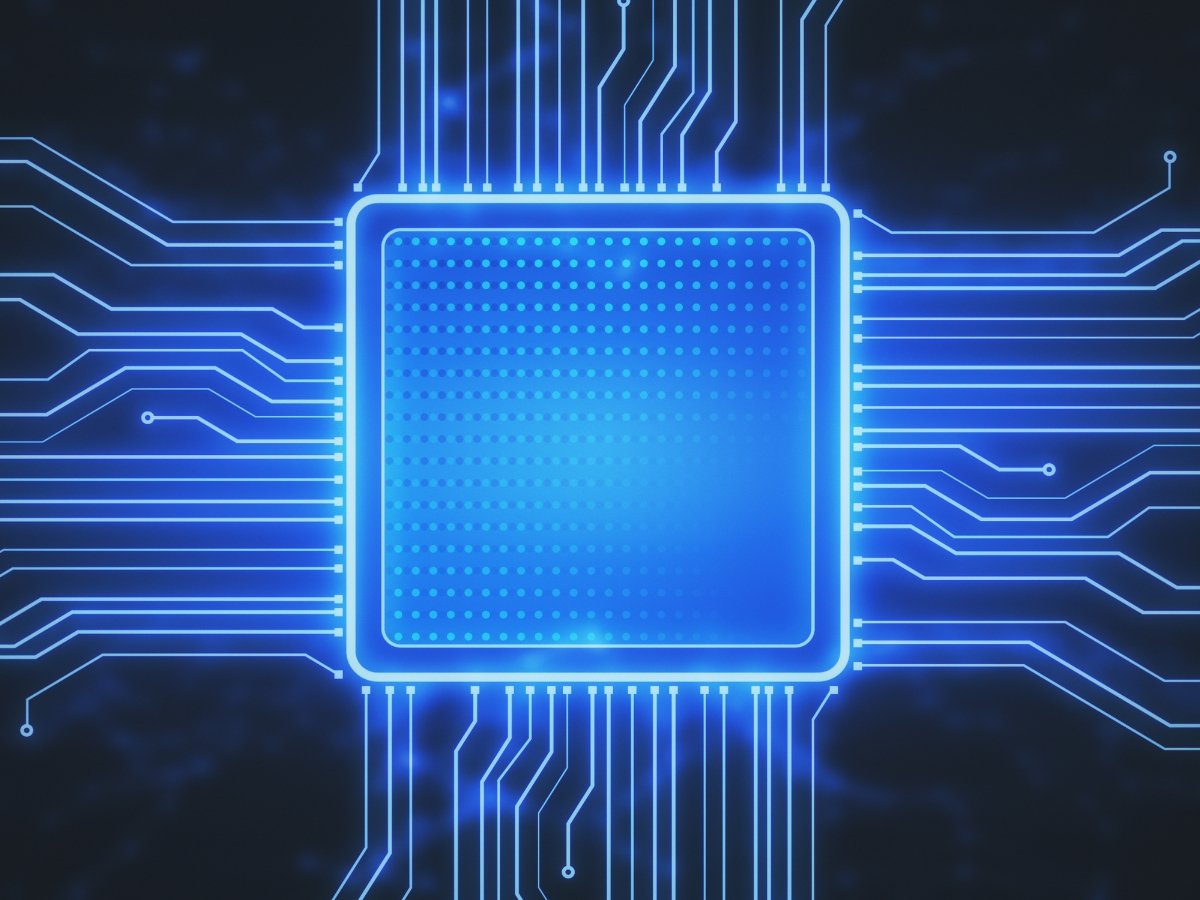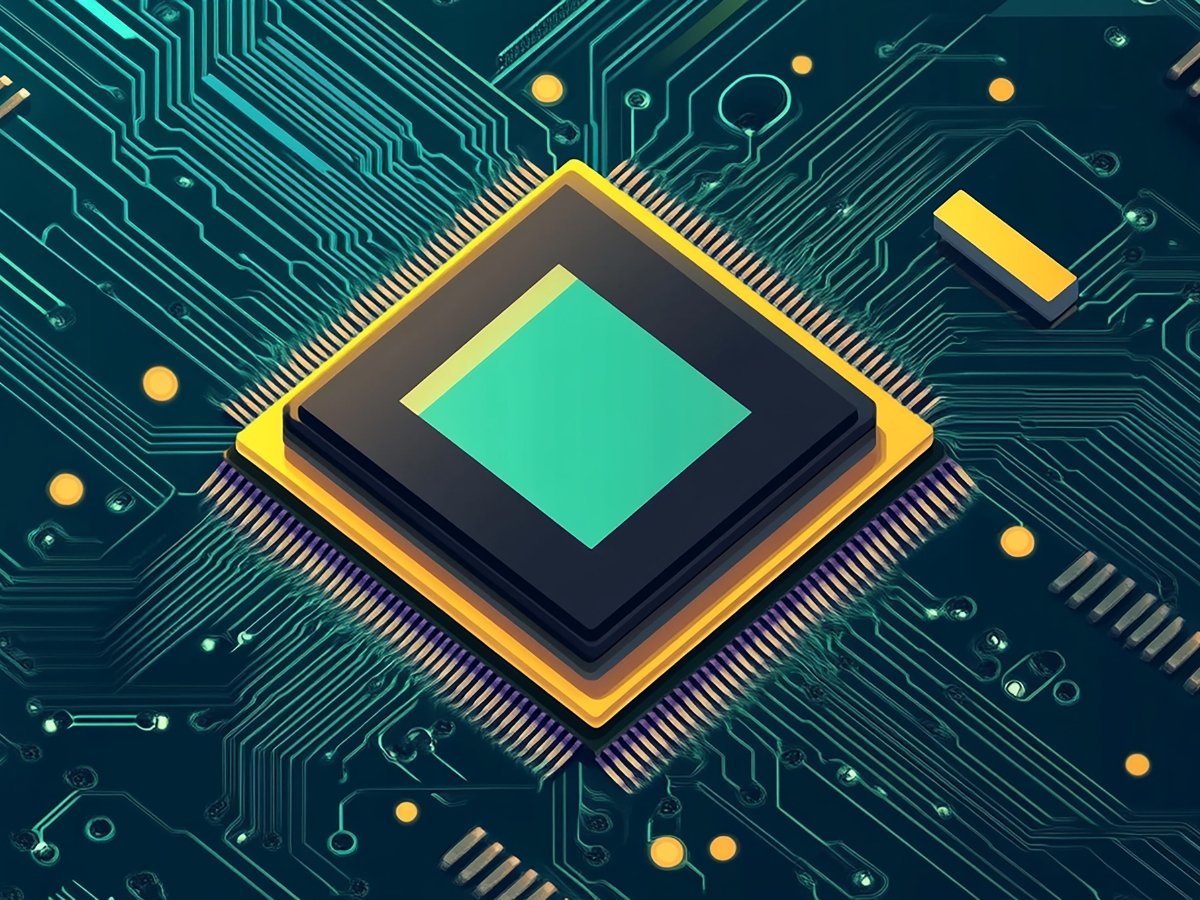The world of chip design is undergoing a revolution—and at the heart of it are Artificial Intelligence (AI) and Generative Design. From accelerating the RTL-to-GDSII flow to improving PPA (power, performance, area) targets, AI-driven tools are helping VLSI engineers achieve what once took months in just days.
If you’re an aspiring or working VLSI engineer, understanding how AI is changing chip design is essential to staying ahead of the curve. In this blog, we’ll explore how AI and generative design are transforming VLSI, what tools are leading this change, and how you can prepare for the future.
What Is Generative Design in VLSI?
Generative Design in VLSI refers to the use of machine learning algorithms to automatically generate, optimize, and validate chip architectures and layouts. It allows design engineers to input design constraints and automatically receive optimized solutions that balance power, performance, and area.
Key Benefits:
- Speeds up RTL-to-layout design
- Improves design quality with data-driven insights
- Enables rapid design space exploration
- Reduces manual intervention and errors
How AI Is Revolutionizing the VLSI Industry
1. Automated RTL Generation
AI-powered tools are helping engineers automatically generate RTL code from high-level functional requirements. This shortens design time and allows faster verification cycles.
2. Faster Physical Design Optimization
AI algorithms are optimizing floorplanning, placement, and routing by learning from historical chip layouts and performance metrics—helping teams meet aggressive tapeout deadlines.
3. Smarter Timing Closure
Tools are using reinforcement learning to automatically adjust cell sizing, buffering, and path balancing to close timing with minimal manual intervention.
4. AI-Powered EDA Tools
Top EDA vendors like Synopsys, Cadence, and Siemens are integrating AI/ML into their platforms:
- Synopsys DSO.ai (Design Space Optimization AI)
- Cadence Cerebrus Intelligent Chip Explorer
- Siemens Solido ML platform
These tools are already used in leading semiconductor companies to boost efficiency, improve first-pass success, and cut design costs.
Impact of AI on VLSI Job Roles
| Traditional Role | AI-Enhanced Role |
|---|---|
| RTL Design Engineer | High-Level Design Engineer (AI-aided) |
| Physical Design Engineer | AI-driven Layout Optimization Expert |
| STA/Timing Closure Engineer | Timing Convergence Analyst |
| Verification Engineer | AI-based Test Generation Specialist |
While AI automates repetitive tasks, it does not replace VLSI engineers. Instead, it augments your role, making your work more strategic, creative, and high-impact.
How You Can Prepare for AI-Driven VLSI Careers
To thrive in this new era of chip design, you’ll need a hybrid skill set:
Core VLSI Knowledge
- RTL design, STA, synthesis, physical design
- Verilog/SystemVerilog, UVM
AI + Programming Skills
- Basics of Python, ML concepts
- Data analysis and tool scripting (TCL, Python)
- Exposure to AI-augmented EDA workflows
Hands-On Experience
- Projects involving PPA optimization
- Use of AI-enabled tools (if accessible)
- Simulations that mimic real industry flows
How MOSart Labs Equips You for the Future of VLSI
At MOSart Labs, we offer an IIT Bhubaneswar-certified VLSI PG Diploma that goes beyond traditional chip design.
Training from IIT and industry experts
What Makes Us Future-Ready:
- Hands-on with Cadence, Synopsys tools
- Real-world projects aligned with AI-based design trends
- Placement support with top semiconductor firms
- Exposure to industry discussions on AI + VLSI integration
Final Thoughts
The future of VLSI engineering is intelligent, automated, and AI-powered. As generative design and machine learning reshape every step of chip design—from RTL to signoff—the demand for AI-aware VLSI engineers is rising fast.
- Learn the fundamentals.
- Embrace the change.
- Upskill with the right tools and mentors.
Start your journey at MOSart Labs and design the future—faster, smarter, better.



